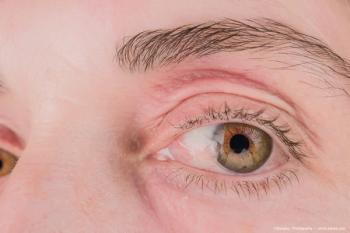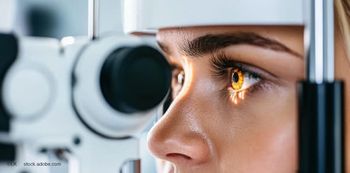
Wavefront-guided surgery earns place as premier procedure
Retrospective analyses comparing clinical results achieved with wavefront-guided and conventional LASIK and surface ablation procedures convincingly demonstrate the superiority of a customized approach, said Capt. Steven C. Schallhorn, MD, who is affiliated with ClearView Eye and Laser Medical Center, San Diego.
The comparisons were based on 3-month data from 238 eyes undergoing wavefront-guided LASIK and a matched set of 841 eyes on which a conventional procedure was performed. A second set of analyses compared 6-month results from 292 eyes that had undergone wavefront-guided PRK and 1,042 eyes treated with conventional PRK. The endpoints included uncorrected visual acuity (UCVA), best-corrected visual acuity (BCVA), predictability, and 5% low contrast visual acuity (LCVA).
"For all of those measures, there were statistically significant differences favoring the customized procedure," Dr. Schallhorn reported.
UCVA outcomes also were better in the cohort of eyes treated with the wavefront-guided technique, and the benefit of the customized procedure especially could be appreciated by comparing the proportions of eyes that achieved 20/16 or better UCVA.
"Almost 90% of eyes in the wavefront-guided group, compared with just over two-thirds of eyes that had conventional LASIK, achieved that level of vision," reported Dr. Schallhorn.
VA outcomes
In the analysis of BCVA outcomes, a mean improvement was observed both in the wavefront-guided group (+0.4 lines) and in the conventional cohort (+0.2 lines). The difference between groups was statistically significant (p <0.01), and the superiority of the wavefront-guided procedure also was seen in comparisons of proportions of eyes gaining and losing one or more lines of BCVA. BCVA improved in 45% of eyes treated with the wavefront-guided procedure compared with just 29% of eyes undergoing conventional LASIK, and more than twice as many eyes undergoing the conventional procedure compared with wavefront-guided lost one or more lines (9% versus 4%, respectively).
Newsletter
Don’t miss out—get Ophthalmology Times updates on the latest clinical advancements and expert interviews, straight to your inbox.













































.png)


